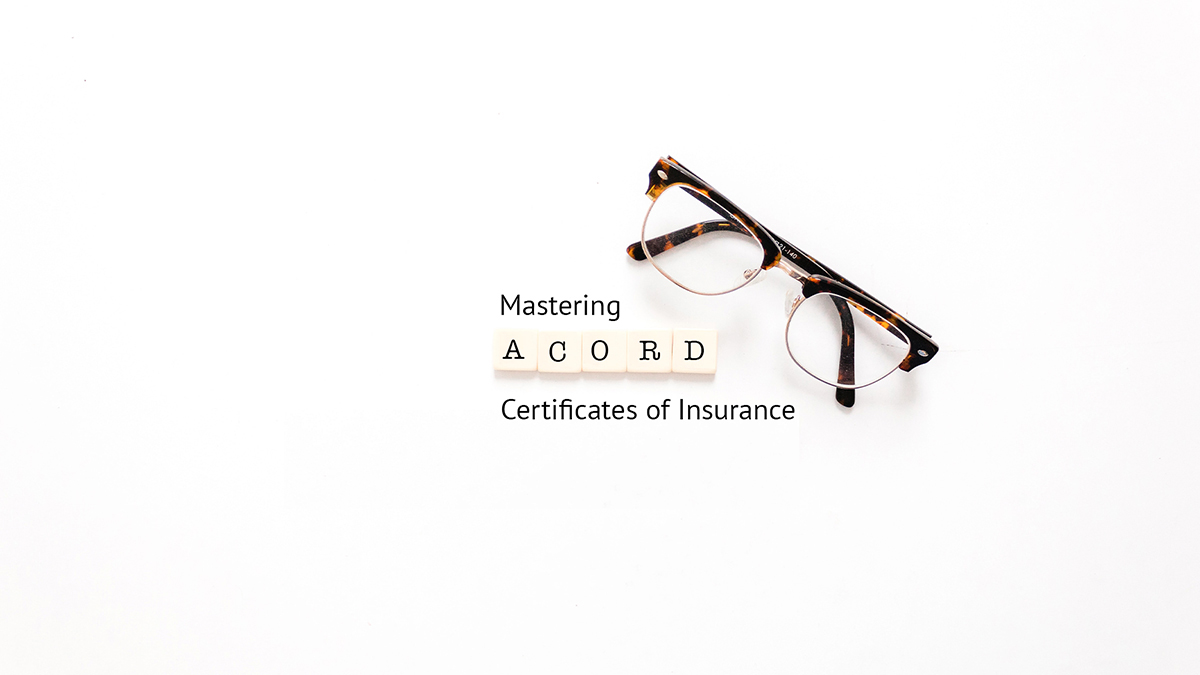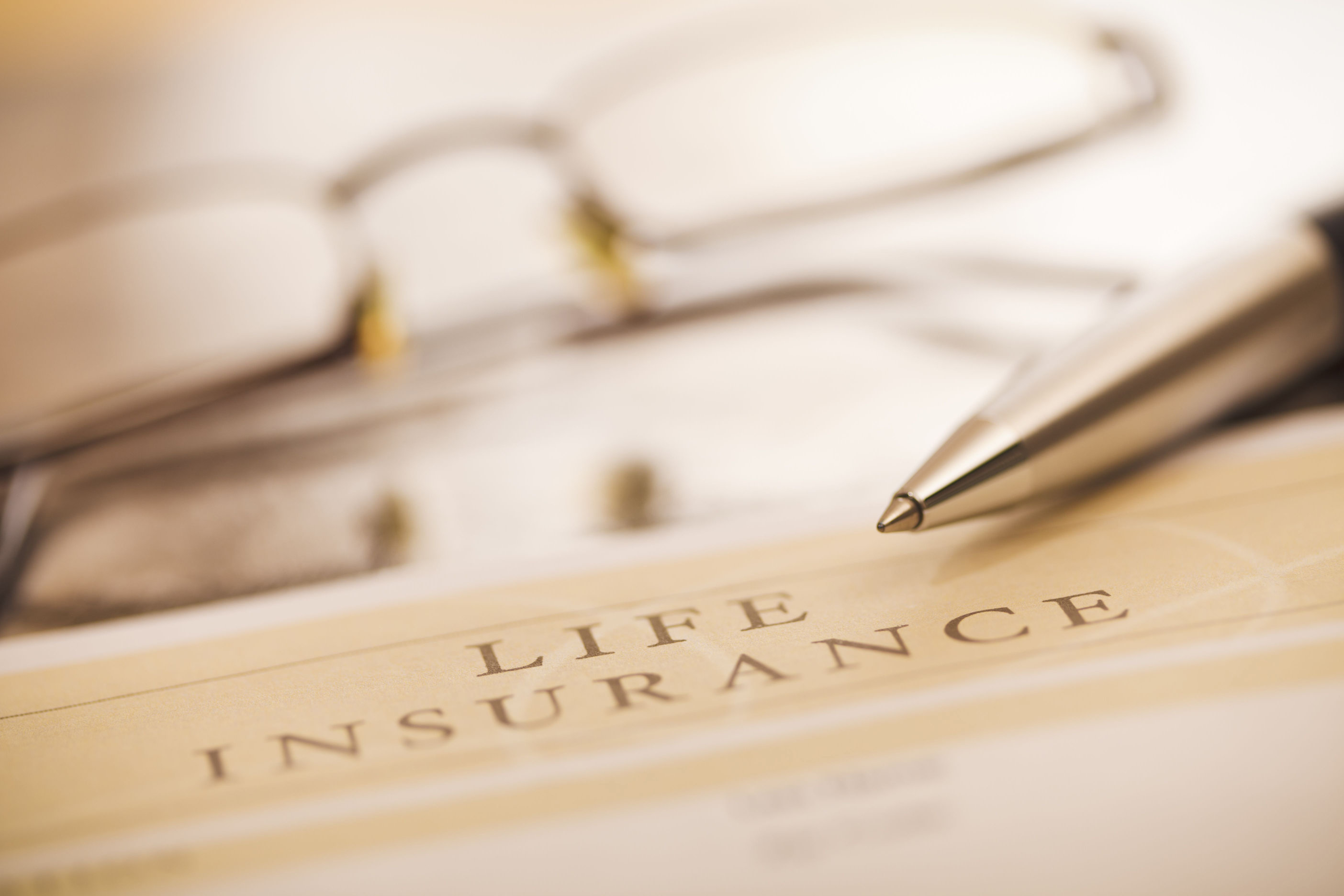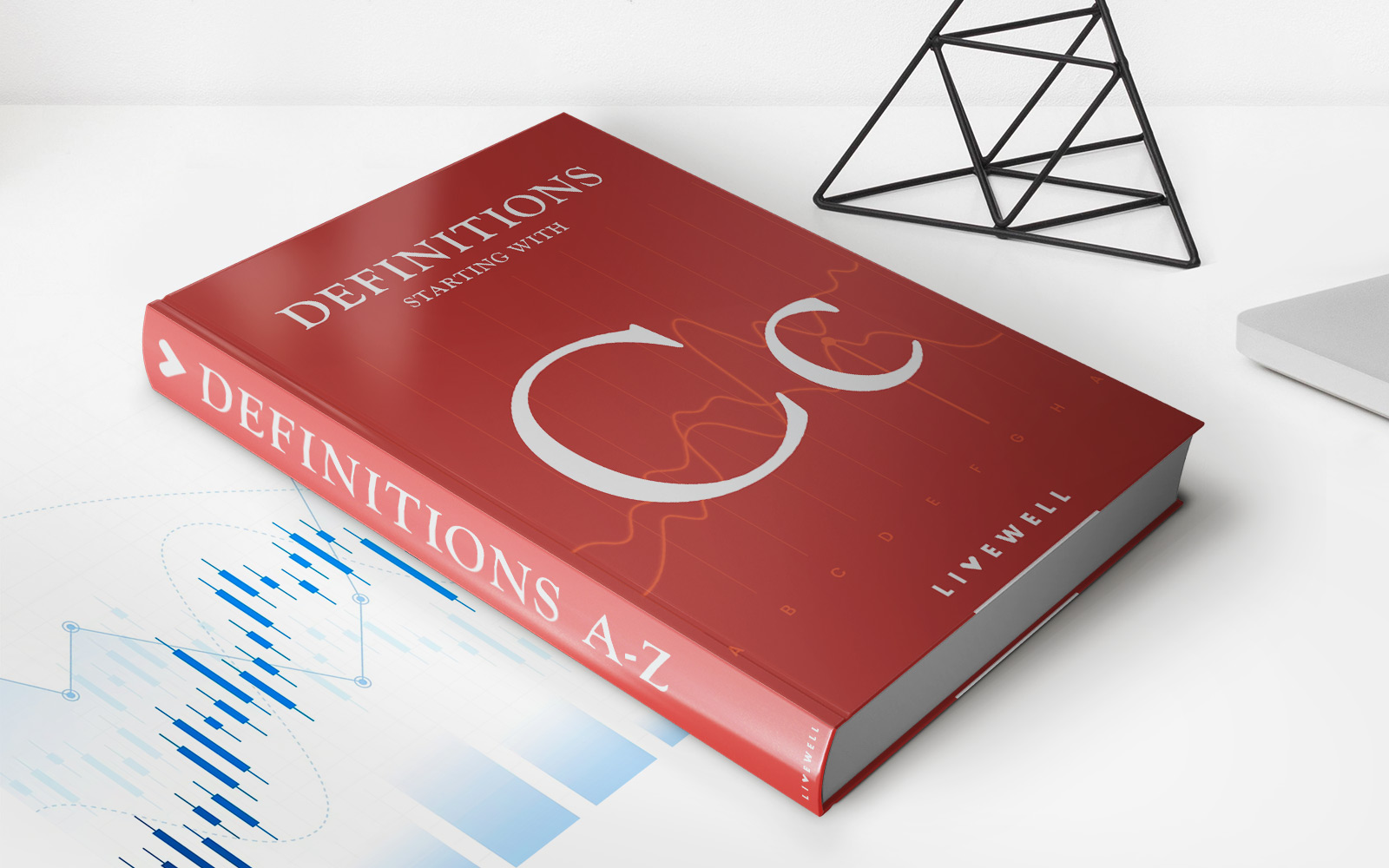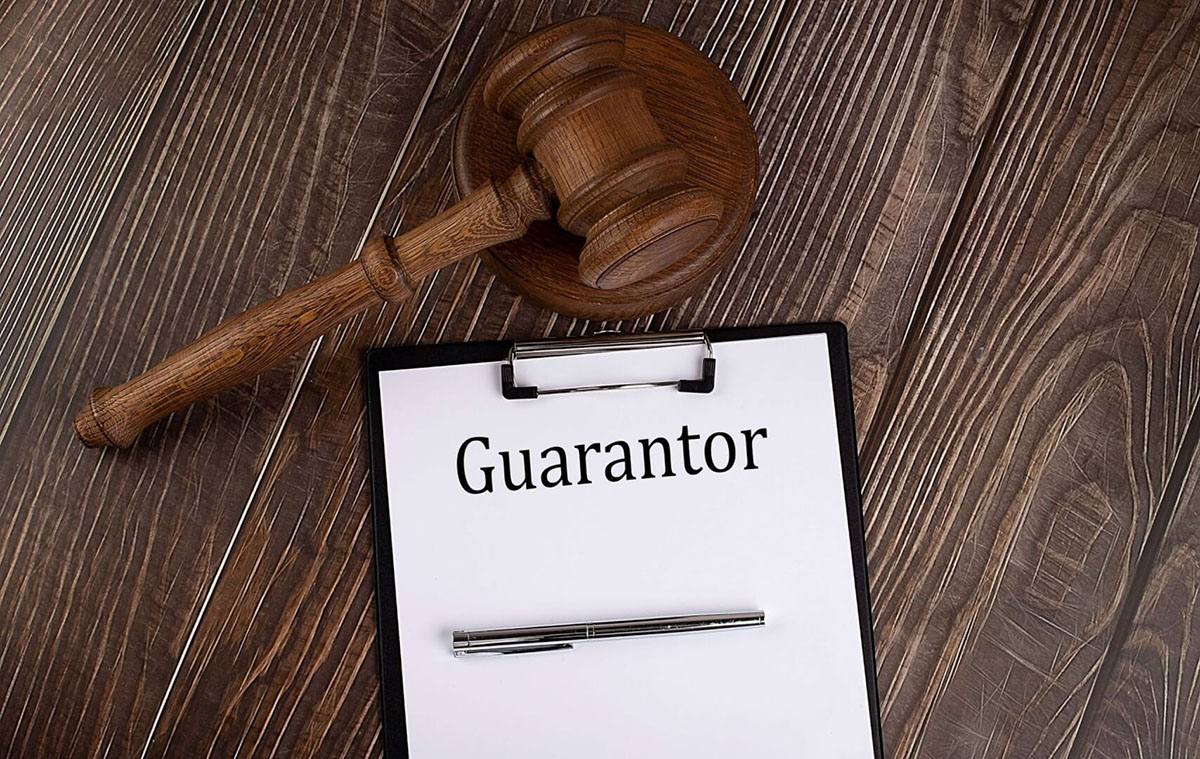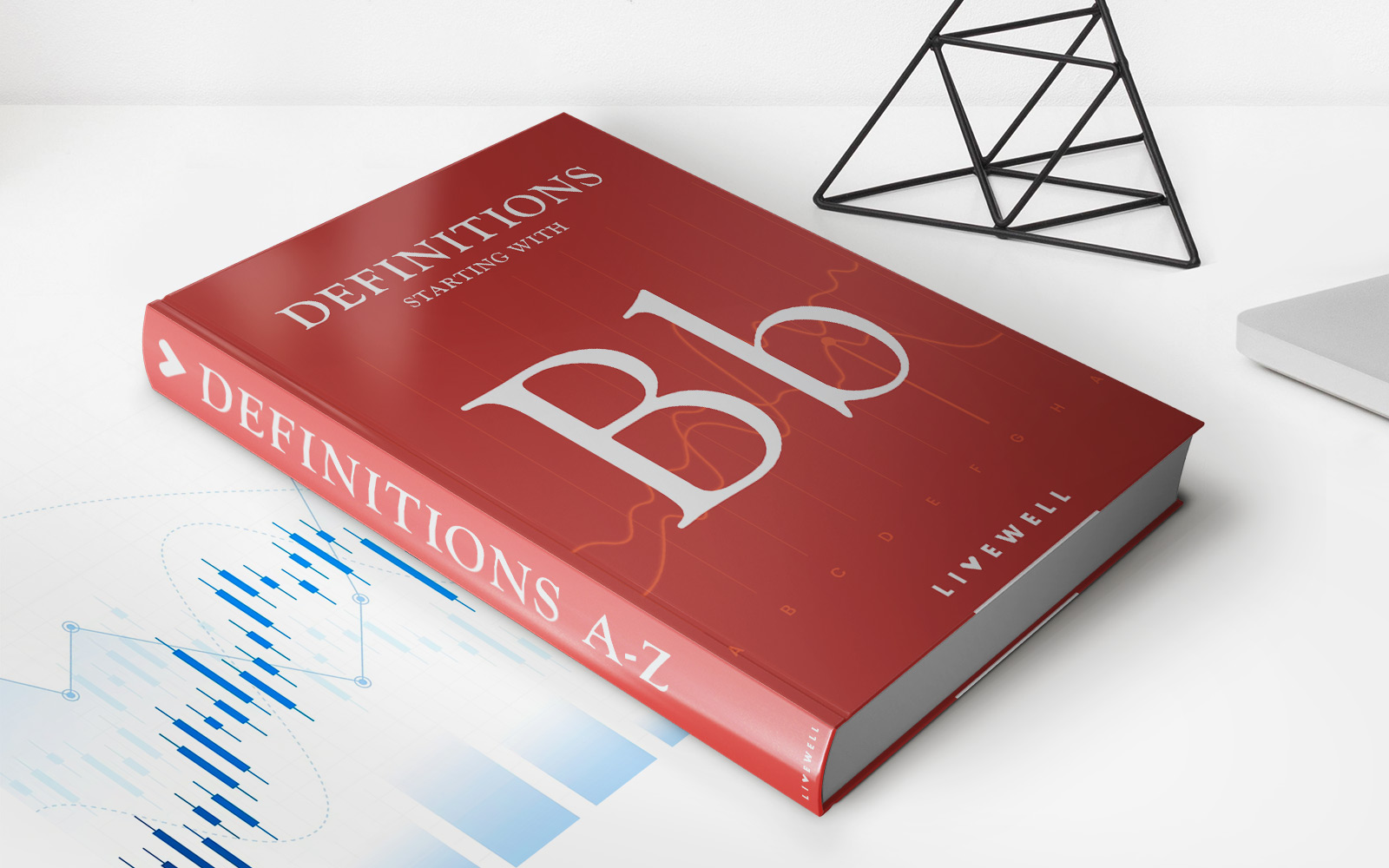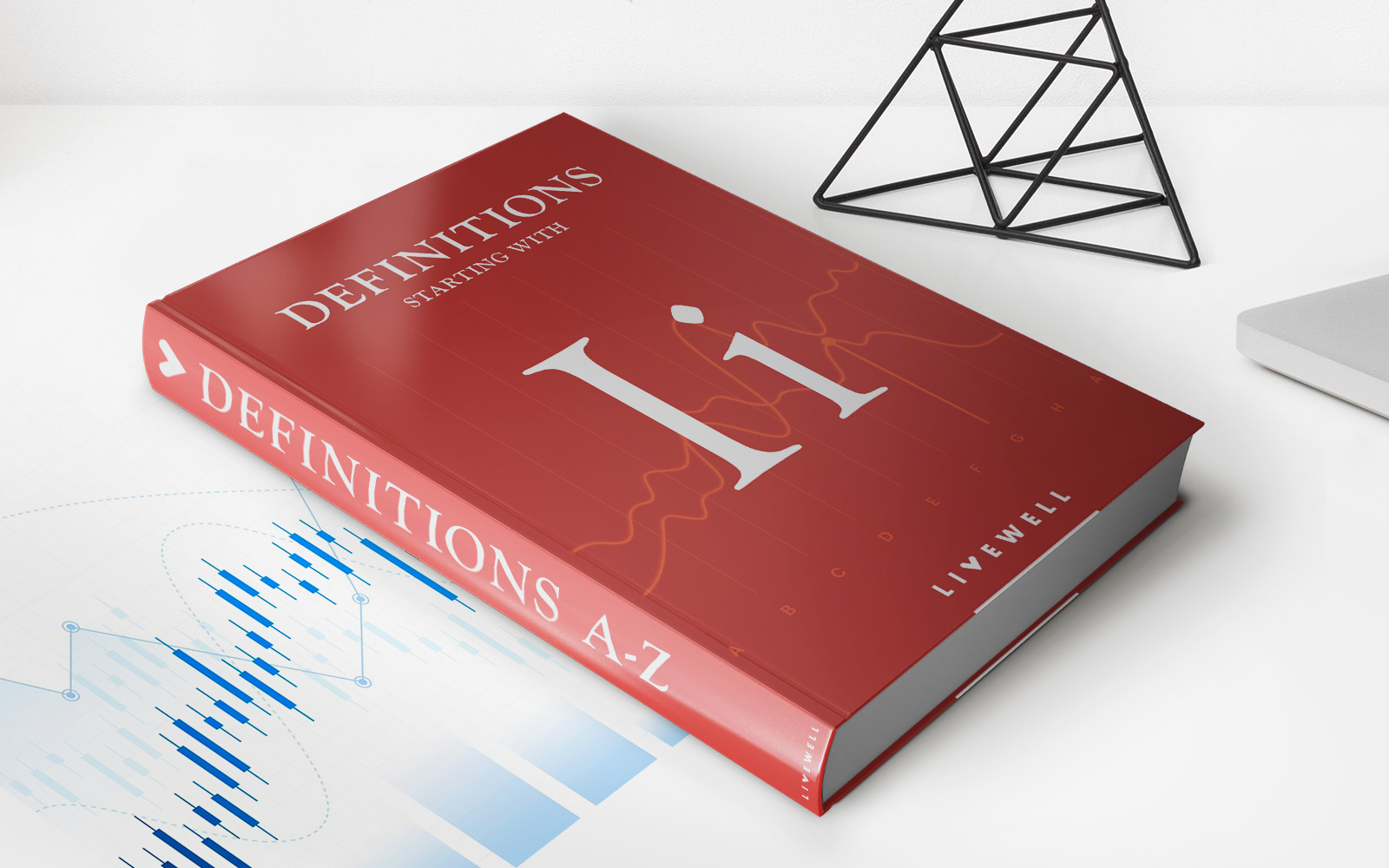Home>Finance>Who Should Be The Certificate Holder On A Certificate Of Insurance


Finance
Who Should Be The Certificate Holder On A Certificate Of Insurance
Modified: February 21, 2024
Looking for answers on who should be the certificate holder on a certificate of insurance in the finance industry? Find out more about this crucial aspect here.
(Many of the links in this article redirect to a specific reviewed product. Your purchase of these products through affiliate links helps to generate commission for LiveWell, at no extra cost. Learn more)
Table of Contents
Introduction
When it comes to insurance, a Certificate of Insurance (COI) is a vital document that provides proof of coverage. This document outlines the terms and conditions of an insurance policy, including the types of coverage and the limits of liability. One key aspect of the COI is the inclusion of the certificate holder.
The certificate holder is an entity or individual who is named in the COI and has an interest in the insured policy. They are often a third party, such as a client, customer, vendor, or landlord, who wants to ensure that the policyholder has adequate insurance coverage. The certificate holder is granted certain rights and privileges, such as being notified in the event of policy changes or cancellations.
In this article, we will delve deeper into the concept of certificate holders on a Certificate of Insurance. We will explore the importance of the certificate holder, discuss who should be the certificate holder, provide tips for choosing the appropriate certificate holder, and highlight common mistakes that individuals and businesses make in selecting the certificate holder.
Understanding the Certificate Holder
Before we discuss who should be the certificate holder on a Certificate of Insurance, let’s first understand the role and significance of the certificate holder.
The certificate holder is a party who is interested in the insurance policy of another entity or individual. They are not the policyholder or the insurance company, but rather a third party who may require proof of insurance coverage. The certificate holder is named in the COI to provide them with certain rights and privileges.
One key role of the certificate holder is to verify that the policyholder has adequate insurance coverage. They may need this proof of coverage to ensure that they are protected in the event of any loss, liability, or damages. For example, a landlord may require a tenant to provide a COI to ensure that they have sufficient liability insurance to cover any potential damages to the rental property.
In addition to proof of coverage, the certificate holder is also granted several rights and privileges. These may include receiving notice from the insurance company in the event of changes to the policy, such as cancellation or modification of coverage. This ensures that the certificate holder is aware of any potential gaps in insurance coverage that may affect their interests.
It’s important to note that the certificate holder does not have rights as an additional insured. An additional insured is a separate entity or individual who is added to the insurance policy and shares the same coverage as the policyholder. The certificate holder, on the other hand, does not have this extended coverage but rather serves as an interested party who receives proof of coverage and notification of policy changes.
Now that we have a clear understanding of the role of the certificate holder, let’s explore why the certificate holder is important in the context of a Certificate of Insurance.
Importance of the Certificate Holder
The certificate holder plays a crucial role in the insurance process, making their inclusion on the Certificate of Insurance significant. Here are some key reasons why the certificate holder is important:
Proof of Coverage: The certificate holder serves as proof to the interested party that the policyholder has the necessary insurance coverage. Whether it’s a client, customer, vendor, or landlord, the certificate holder can rest assured knowing that the policyholder has taken the appropriate steps to protect themselves and others.
Risk Mitigation: By requiring a Certificate of Insurance with the certificate holder listed, organizations can reduce their own risks and liabilities. For instance, a company hiring a subcontractor may request a COI with the company listed as the certificate holder to ensure that the subcontractor has proper insurance coverage in place.
Policy Changes and Updates: The certificate holder has the right to be notified of any changes or updates to the insurance policy. This includes modifications, cancellations, or expiration of coverage. Being aware of any changes helps the certificate holder assess their own level of risk and take appropriate action, if necessary.
Peace of Mind: Including the certificate holder on the COI offers peace of mind to both the policyholder and the interested party. The policyholder can demonstrate their commitment to protecting others’ interests, while the certificate holder can be confident that they will be informed about policy changes that may impact their relationship with the insured party.
Legal and Compliance Requirements: In many cases, certain legal and compliance requirements mandate the inclusion of certificate holders on COIs. For example, leasing agreements often require tenants to provide a COI with the landlord listed as the certificate holder. By complying with these requirements, all parties involved can ensure they are meeting their legal obligations.
The importance of the certificate holder cannot be underestimated. It acts as a bridge between the insurance policyholder and the interested party, providing proof of coverage, risk mitigation, and peace of mind for both parties. Now, let’s move on to the next section to explore who should be the certificate holder on a Certificate of Insurance.
Who Should be the Certificate Holder?
Choosing the appropriate certificate holder on a Certificate of Insurance requires careful consideration. While there is no one-size-fits-all answer, here are some factors to consider when determining who should be the certificate holder:
Contractual Agreements: Review any contractual agreements or obligations that may dictate the specific entity or individual who should be named as the certificate holder. In some cases, clients, customers, landlords, or business partners may require their names to be listed to ensure compliance with their own policies and risk management strategies.
Legal and Regulatory Requirements: Consider any legal or regulatory requirements that may necessitate the inclusion of specific parties as the certificate holder. Different industries and jurisdictions may have specific regulations or licensing requirements that mandate the involvement of certain individuals or organizations as certificate holders.
Relationship and Interest: Assess the nature of the relationship between the policyholder and the interested party. The certificate holder should have a direct interest in the policyholder’s coverage, whether it’s a business relationship, a contractual agreement, or property ownership. The certificate holder should be someone who may suffer a loss or liability if the policyholder does not have adequate insurance coverage.
Level of Risk and Exposure: Consider the level of risk and exposure involved in the relationship. The certificate holder should be someone who may be impacted by any potential claims or incidents. For instance, if the policyholder is a contractor working on a construction site, the owner of the property may be named as the certificate holder to ensure they are protected in case of any accidents or damages.
Reputation and Financial Strength: Evaluate the reputation and financial strength of the potential certificate holder. The certificate holder should be a reliable entity or individual that can be trusted to handle any claims or coverage issues professionally and efficiently. It is important to choose a certificate holder who has the necessary resources to handle potential liabilities.
It’s important to carefully consider these factors and consult with legal professionals or insurance advisors when determining who should be the certificate holder on a Certificate of Insurance. Each situation is unique, and the specific circumstances and requirements of the policyholder and interested party will guide the decision-making process.
Now that we have discussed who should be the certificate holder, let’s move on to the next section, where we will provide tips for choosing the appropriate certificate holder on a Certificate of Insurance.
Choosing the Appropriate Certificate Holder
Choosing the appropriate certificate holder on a Certificate of Insurance is essential for ensuring that the interests of all parties involved are adequately protected. Here are some tips to help you make the right choice:
Review Contractual Obligations: Start by reviewing any contractual agreements or obligations that dictate who should be named as the certificate holder. Make sure to comply with these requirements to avoid any potential legal or contractual disputes.
Assess the Relationship: Consider the nature of the relationship between the policyholder and the interested party. The certificate holder should have a direct interest in the policy coverage. For example, if you are a contractor working on a client’s project, the client may need to be named as the certificate holder to protect their interests.
Evaluate Risk Exposure: Assess the level of risk and exposure involved in the relationship. The certificate holder should be someone who may face potential loss or liability if the policyholder’s coverage is insufficient. For instance, if you are a landlord, you may want to be named as the certificate holder to protect yourself from property damage caused by tenants.
Consider Financial Strength: Choose a certificate holder who has a strong financial position. This ensures that in the event of a claim or incident, the certificate holder has the resources to handle any potential liabilities. Opting for a reputable and financially stable entity or individual gives you peace of mind knowing that they can handle any insurance-related matters professionally.
Verify Insurance Requirements: Ensure that the chosen certificate holder meets any specific insurance requirements. Some industries have regulatory or legal mandates that stipulate who can be named as the certificate holder. For instance, if you are in the construction industry, you may need to comply with certain guidelines regarding certification and licensing requirements.
Consult Professionals: When in doubt, seek advice from insurance professionals or legal experts who can guide you through the process. They can help you navigate specific industry regulations and provide insight into the best practices for choosing a certificate holder.
By following these tips, you can choose the appropriate certificate holder on your Certificate of Insurance and ensure that all parties involved are protected. Remember, the certificate holder serves as a crucial link between the policyholder and the interested party, providing proof of coverage and ensuring that notifications are received in case of policy changes or updates.
Now, let’s move on to the final section of this article, where we will discuss common mistakes that individuals and businesses make when selecting the certificate holder.
Common Mistakes in Choosing the Certificate Holder
When it comes to selecting the certificate holder on a Certificate of Insurance, certain mistakes can undermine the purpose and effectiveness of the document. Avoiding these common errors is essential for ensuring that all parties involved are adequately protected. Here are some common mistakes to avoid:
Not Reviewing Contractual Agreements: Failing to review contractual agreements can lead to significant issues. It is important to thoroughly read and understand any agreements that specify who should be the certificate holder. Failure to comply with these obligations can result in legal disputes or violated contractual terms.
Choosing an Ineligible Party: It is crucial to ensure that the selected certificate holder meets the necessary criteria and requirements. Some industries have specific regulations or licensing requirements that may dictate who can be named as the certificate holder. Choosing an ineligible party can lead to invalidated coverage and potential legal complications.
Overlooking Relationship Dynamics: Neglecting to consider the relationship dynamics between the policyholder and the interested party can lead to an inappropriate selection of the certificate holder. The chosen party should have a direct interest in the policy coverage and potential exposure to risks. Overlooking this aspect can result in inadequate protection and potential conflicts of interest.
Not Assessing Risk Exposure: Failing to evaluate the level of risk and exposure involved in the relationship can undermine the purpose of the certificate holder. The selected certificate holder should be someone who may face potential loss or liability if the policyholder’s coverage is insufficient. Ignoring risk exposure can leave both parties vulnerable to financial and legal consequences.
Ignoring Financial Strength: Selecting a certificate holder without considering their financial strength can be a critical mistake. In the event of a claim or incident, the certificate holder should have the necessary resources to handle potential liabilities. Overlooking financial strength can jeopardize the ability to address and resolve insurance-related matters promptly and effectively.
Failure to Seek Professional Advice: Not seeking advice from insurance professionals or legal experts can result in overlooking important considerations and making uninformed decisions. These experts can provide valuable insights based on their experience and knowledge of industry regulations and best practices. Consulting professionals ensures that the selection of the certificate holder aligns with legal requirements and industry standards.
Avoiding these common mistakes is crucial for selecting the appropriate certificate holder and ensuring that all parties are adequately protected. By carefully reviewing contractual obligations, assessing the relationship dynamics, evaluating risk exposure, considering financial strength, and seeking professional guidance, you can make an informed decision that aligns with the specific needs and requirements of your situation.
Now that we’ve explored the common mistakes to avoid, let’s conclude the article.
Conclusion
A Certificate of Insurance (COI) serves as proof of coverage and is a crucial document in the insurance process. The certificate holder, named in the COI, plays a vital role in ensuring that the interests of all parties involved are protected. It is important to carefully consider who should be the certificate holder to ensure compliance with contractual agreements, legal and regulatory requirements, and the specific needs of the relationship.
By choosing the appropriate certificate holder, you can provide proof of coverage, mitigate risks, and maintain compliance with legal and contractual obligations. Assessing risk exposure, considering financial strength, and seeking professional advice are key factors in making an informed decision.
Common mistakes in selecting the certificate holder include overlooking contractual obligations, choosing an ineligible party, ignoring relationship dynamics, and failing to assess risk exposure and financial strength. Avoiding these errors can prevent potential legal disputes and ensure that all parties are adequately protected.
In conclusion, a well-chosen certificate holder on a Certificate of Insurance serves as a crucial link between the policyholder and the interested party, providing proof of coverage, notifying the certificate holder of any policy changes, and ensuring compliance with contractual and legal requirements. Take the time to carefully evaluate the requirements and dynamics of your specific situation, consult professionals when needed, and choose the appropriate certificate holder. By doing so, you can enhance the effectiveness of your insurance coverage and foster a stronger relationship between all parties involved.



